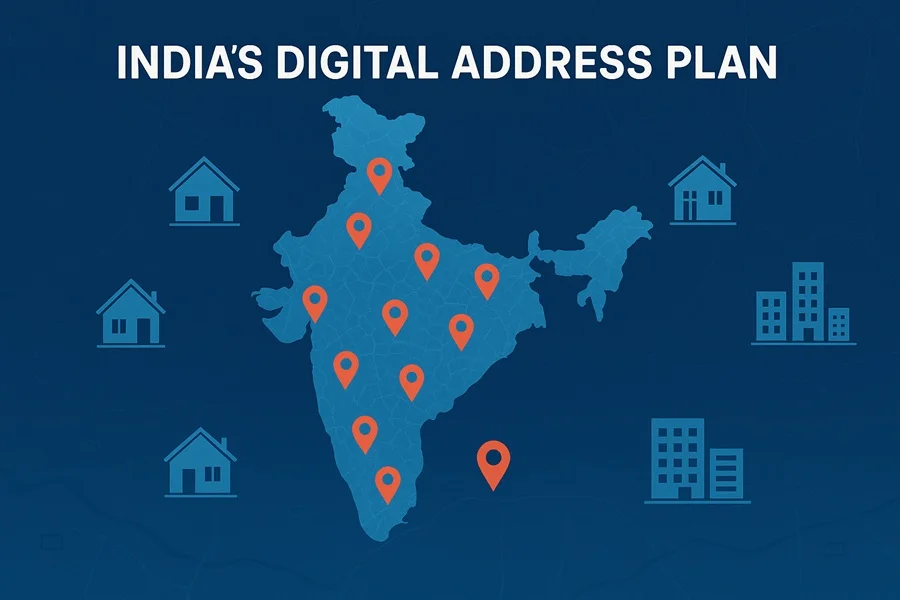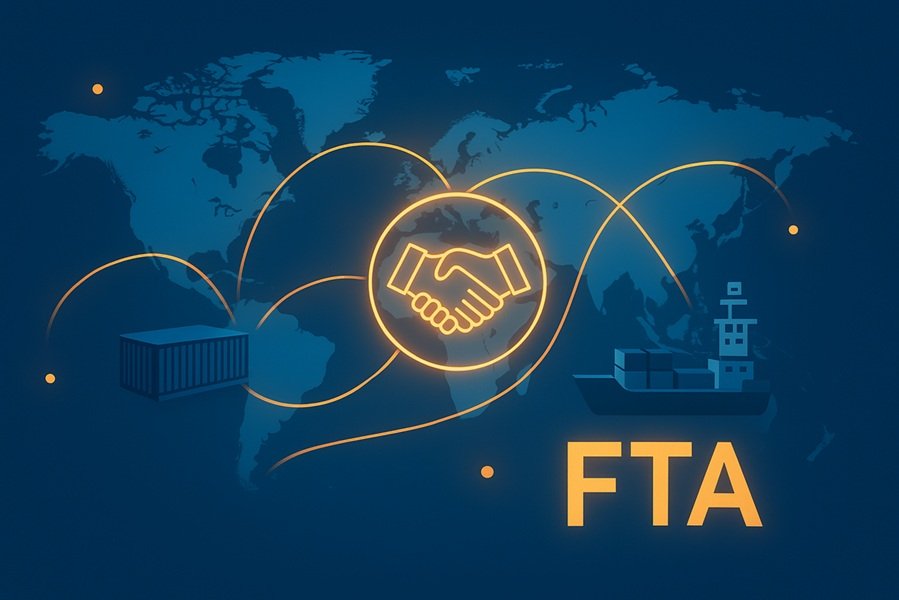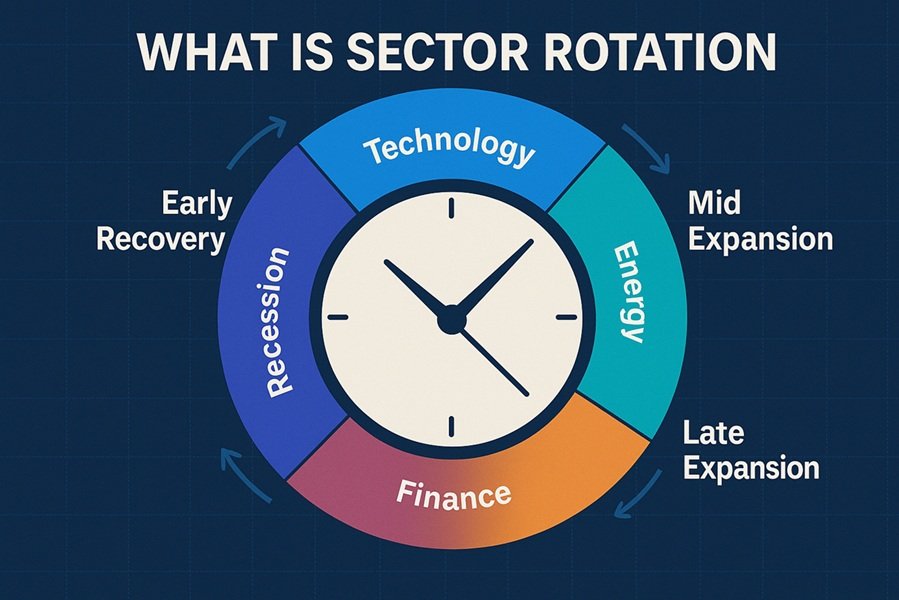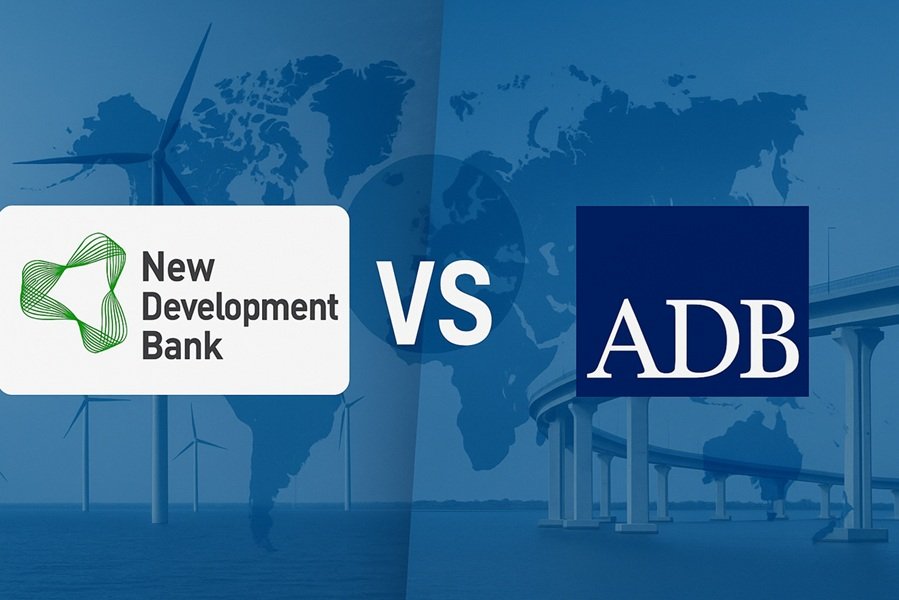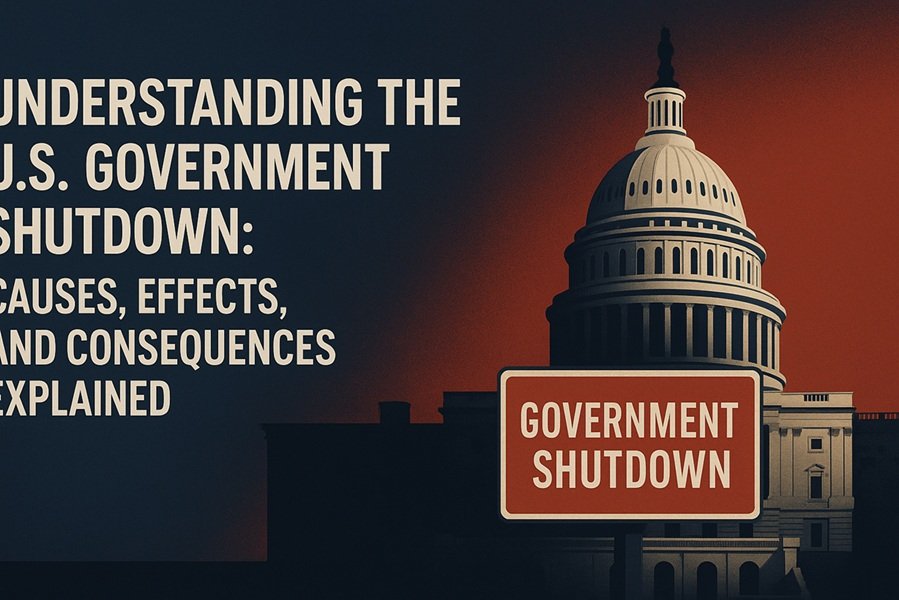
The term “government shutdown” often dominates American headlines and sparks global concern whenever Congress fails to reach a funding agreement. For most people, it raises a simple yet alarming question — how can the world’s largest economy simply “shut down”? To understand this, we must look at how the U.S. government’s budgeting system works, why shutdowns occur, and what their real-world consequences are.
1. What Is a Government Shutdown?
A U.S. government shutdown occurs when Congress and the President fail to agree on a spending plan — also known as appropriations — for federal agencies and programs. The U.S. fiscal year runs from October 1 to September 30, and each year, Congress must pass 12 appropriations bills to fund various departments and operations.
If these bills (or temporary funding extensions called continuing resolutions) are not enacted by the start of the fiscal year, parts of the government lose their legal authority to spend money. That’s when a shutdown begins.
During a shutdown:
- Non-essential services are suspended.
- Federal employees may be placed on unpaid leave (known as furlough).
- Essential personnel such as military members, TSA officers, and healthcare workers continue to work — but may not be paid until funding resumes.
In essence, a shutdown is not a literal “turning off” of government but rather a halt in discretionary spending due to lack of congressional approval.
2. What Causes a Government Shutdown?
Shutdowns don’t happen by accident; they are almost always the result of political gridlock. The U.S. Constitution gives Congress the “power of the purse,” meaning no federal money can be spent without its approval. This sets the stage for intense negotiations, especially when different political parties control the House, Senate, and Presidency.
Here are the main causes behind a shutdown:
a) Partisan Conflict
When political parties disagree on how much to spend or what to fund, appropriations bills stall. For example, Democrats may push for higher domestic spending, while Republicans may prioritize defense funding or budget cuts.
b) Policy Riders
Sometimes, lawmakers attach controversial policy demands to funding bills — such as immigration reforms, climate measures, or healthcare provisions. If the other side refuses to compromise, the standoff can lead to a shutdown.
c) Presidential Veto or Threat
Even if Congress passes funding bills, the President can veto them if they conflict with the administration’s policy agenda. A veto threat often forces Congress to revise or delay passage, risking a lapse in funding.
d) Political Leverage
Shutdowns are occasionally used as a pressure tactic — a way for one side to force the other into concessions. This strategy, however, often backfires due to public backlash.
3. How Does a Shutdown Actually Work?
When funding expires, the Antideficiency Act — a 19th-century law — automatically restricts federal agencies from spending money that hasn’t been appropriated. Each agency must then classify its employees and operations as either essential or non-essential.
- Essential services: Public safety, national security, air traffic control, military operations, and medical care at federal hospitals continue.
- Non-essential services: National parks, museums, visa processing, and many administrative offices close or operate at limited capacity.
Federal employees in non-essential roles are furloughed. Essential workers, though still working, don’t get paid until after the shutdown ends — often weeks later.
4. Historical Overview of U.S. Shutdowns
Since the 1970s, the United States has witnessed more than 20 shutdowns, though most were short-lived. The major ones include:
- 1995–1996 (Clinton era): Lasted 21 days due to conflicts over Medicare, education, and environmental policies.
- 2013 (Obama era): A 16-day shutdown triggered by disputes over the Affordable Care Act (Obamacare).
- 2018–2019 (Trump era): The longest in U.S. history — 35 days — caused by disagreements over funding for a U.S.-Mexico border wall.
Each event cost billions of dollars, delayed services, and caused major economic and social disruptions.
5. Economic Impact of a Government Shutdown
A prolonged shutdown has wide-ranging economic effects, both direct and indirect.
a) Impact on GDP
When hundreds of thousands of federal employees are furloughed, consumer spending drops. Economic research suggests that every week of shutdown can shave 0.1% to 0.2% off quarterly GDP growth.
b) Delay in Business Operations
Government contractors, research institutions, and small businesses that rely on federal funding or approvals face cash flow issues and uncertainty.
c) Market Volatility
Financial markets often react negatively to political instability, with investors seeking safer assets amid fears of lost confidence in U.S. governance.
d) Public Services Delayed
Passport and visa processing, tax refunds, and small business loans slow down, frustrating millions of citizens and companies.
6. Social and Human Consequences
The impact of a shutdown isn’t just economic — it’s deeply human.
- Federal workers face delayed paychecks, creating financial strain for families living paycheck-to-paycheck.
- Citizens experience disruptions in services like food safety inspections, national park operations, and healthcare research.
- Public morale often dips as government institutions appear paralyzed by political infighting.
- Reputation abroad suffers as allies and global markets question the stability of the U.S. political system.
During the 2018–19 shutdown, more than 800,000 federal employees were affected — some even turned to food banks while waiting for back pay.
7. Political Consequences
Shutdowns rarely achieve their intended political goals. Instead, they often hurt the image of the party perceived as responsible. Public opinion polls during past shutdowns consistently show that most Americans disapprove of using the budget as a political weapon.
Moreover, a shutdown undermines long-term policymaking and erodes trust in government efficiency. It sends a message that political leaders are willing to put ideology over stability.
8. The Broader Consequences: A Warning Sign for Democracy
Repeated shutdowns are more than administrative hiccups — they are a symptom of political polarization. The inability to perform one of the most basic functions of governance — funding the government — highlights a deeper problem in bipartisan cooperation.
They also expose vulnerabilities in a system where short-term political gains often outweigh national interest. For the world’s largest democracy and economy, this is a dangerous precedent.
9. Can Government Shutdowns Be Prevented?
While shutdowns are legally possible, there are several reforms and safeguards that can minimize their occurrence:
- Automatic Continuing Resolutions: These would keep the government running at existing funding levels if Congress fails to pass a new budget on time.
- Multi-year Budgeting: Setting longer-term budgets could reduce the frequency of annual standoffs.
- Stronger Bipartisan Committees: Encouraging pre-deadline negotiations may help bridge divides before the fiscal year ends.
- Public Accountability: Increasing transparency in the budget process can pressure lawmakers to avoid costly standoffs.
10. Conclusion
A U.S. government shutdown is more than just a bureaucratic freeze — it’s a reflection of political dysfunction that affects millions of citizens, global markets, and the country’s international standing. Each shutdown leaves economic scars and erodes public trust in democratic institutions.
Ultimately, preventing future shutdowns requires not only legislative reform but also a renewed commitment to responsible governance and bipartisan cooperation. America’s strength has always come from its ability to find unity amid division — and resolving the shutdown crisis is yet another test of that enduring principle.

